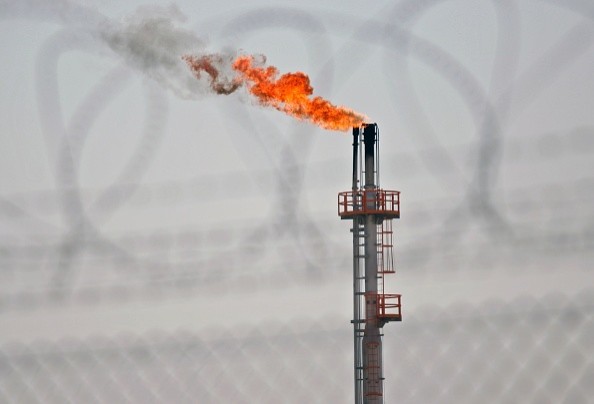Experts ran satellite images through an algorithm to automatically discover the world's largest methane plumes coming from oil and gas facilities all over the world.
Around a tenth of the oil and gas industry's methane emissions come from "ultra-emitter" locations predominantly in Turkmenistan, Russia, and the United States, according to researchers.

World's Methane Ultra-emitters
Methane is a powerful greenhouse gas and governments have just agreed to reduce emissions of the strong greenhouse gas methane by 2030, as per New Scientist.
While satellites have detected large plumes of methane escaping from particular gas pipes, such as an Ohio gas well and numerous pipelines in Turkmenistan's central region, nothing is known about the global scale of these leaks.
The largest methane plumes emanating from oil and gas installations across the world can now be detected using photos taken by a satellite instrument and an algorithm.
More than 25 metric tons of methane per hour are being pumped out of these ultra-emitters. Environmental Defense Fund (EDF), an American non-profit organization in Washington DC, argues that's a lot. The oil and gas industry's 2019-20 methane emissions are expected to be around 8 million metric tons, or tenth of that amount.
Over a two-year period, Turkmenistan was the most significant ultra-emitter, producing more than a million metric tons of methane. At slightly under a million tonnes, Russia was in second place followed by Iran, Algeria, and Kazakhstan.
Efforts to Cut Methane Emissions
The Permian Basin, a key oil and gas sector in the United States, was excluded from the US census due to challenges in monitoring. Other significant oil-producing countries, such as Kuwait and Saudi Arabia, had fewer ultra-emitters than these countries.
A key member of the analytical team, Duke University's Drew Shindell, argues that the large disparities between countries give optimism that bad practice - where gas is emitted into the atmosphere rather than pumped to another stretch of pipe - could possibly be approved.
According to Business Insider, there are almost no leaks or purposeful discharges that are substantial enough to be seen from space, he claims.
There is enough methane being released by ultra-emitting sites to justify the cost of solving them, according to a new analysis.
Taking on these plumes could cost as little as $300 per tonne less in the six worst-affected countries than it would normally cost to cut methane emissions from their oil and gas installations. According to Shindell, getting rid of them would be quite affordable.

Hope to Discover More Numerous Plume
Scientists at the International Energy Agency say the study demonstrates increasing viability of satellites to increase scientists' understanding of methane emissions and underscores the importance of super-emitting occurrences.
Because the satellite can't be in every place at once, the results are based on a snapshot, and it's possible that some ultra-emitters were missed. While the research's global scale is novel and welcome, ultra-emitters constitute only a minor slice of the oil and gas industry's methane problem, according to Hamburg.
However, the satellite that collected the data for this study has a resolution that makes it impossible to trace individual plumes back to their source, according to Stephane Germain of GHGSat in Canada.
Smaller but more numerous plumes will be studied by a new EDF satellite that is scheduled to go into orbit next year.
Related Article : NASA Satellite Spotted Methane Leak on Earth for the First Time
For more news, updates about methane leaks and similar topics don't forget to follow Nature World News!
© 2025 NatureWorldNews.com All rights reserved. Do not reproduce without permission.





